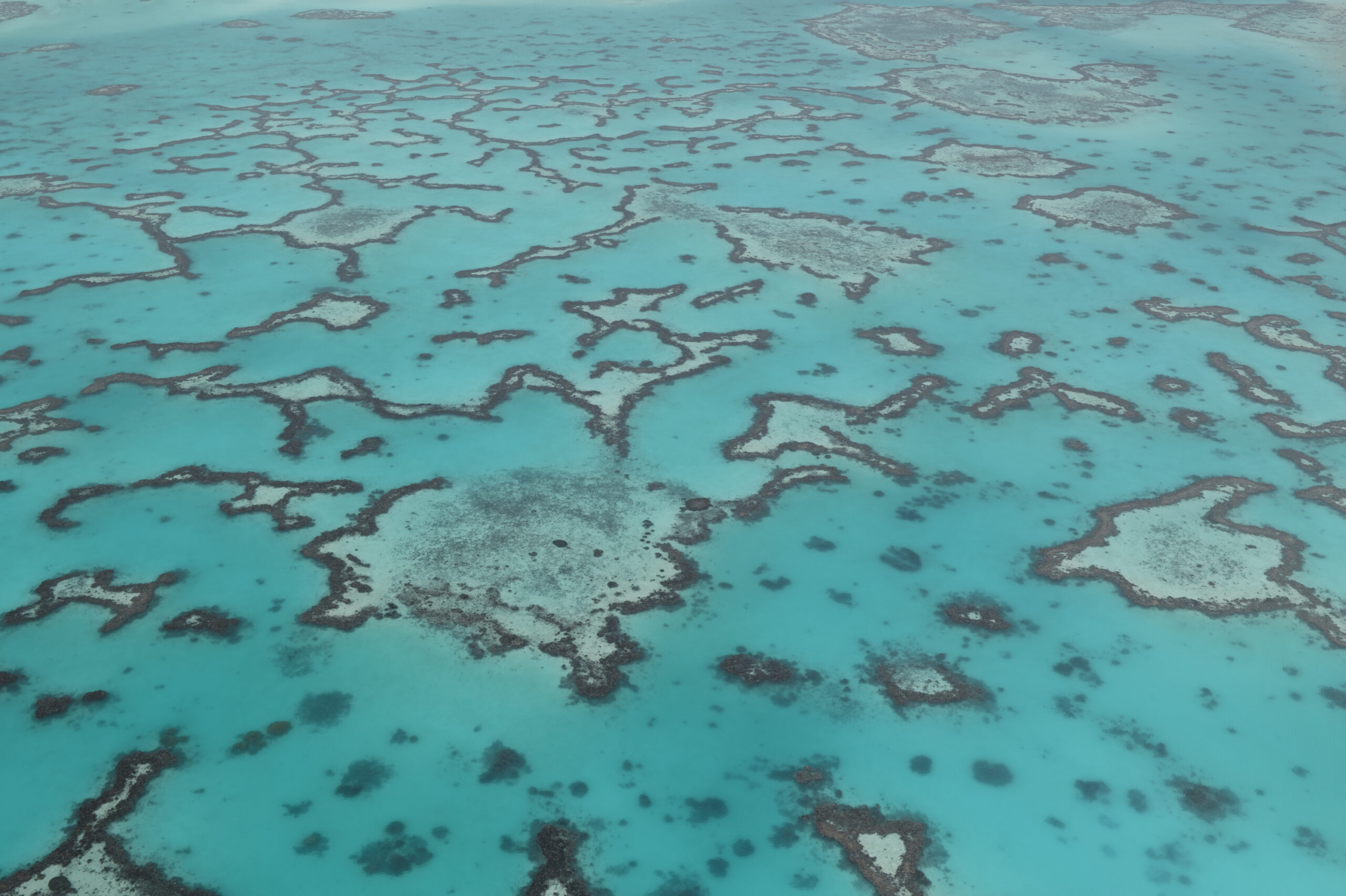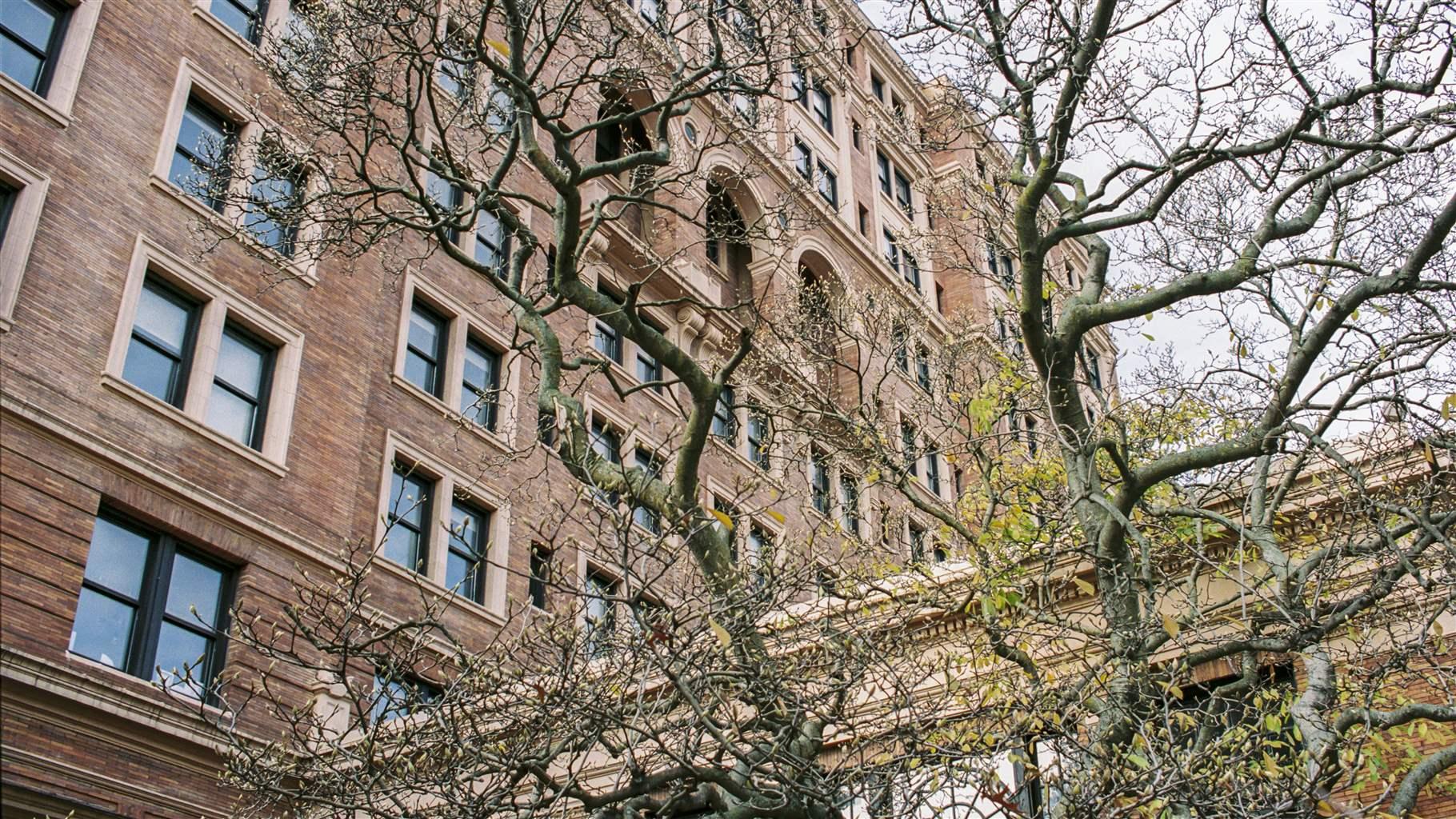
How the Great Barrier Reef shows record growth AND intense bleaching
It was another difficult summer on the Great Barrier Reef. A serious marine heatwave caused the fifth mass coral bleaching event since 2016. Intense rain from Cyclone Jasper washed huge volumes of freshwater and sediment onto corals closer to shore, and Cyclone Kirrily crossed the central region. Some parts of the southern reef endured heat stress at levels higher than previously measured.
Has this summer’s bleaching killed many corals on the Barrier Reef – or will they recover? The answer is – we don’t know yet. The latest Australian Institute of Marine Science coral cover report, released today, reports coral cover has increased slightly in all three regions, reaching regional high points in two of them.
How can that be? The answer is simple: lag time. Between 2018 and 2022, large areas of the Great Barrier Reef had a reprieve. Marine heatwaves and bleaching still occurred, but the damage was not too extreme. Coral began to recover and regrow.
Over the 2023–24 summer, the heat returned with a vengeance, triggering widespread coral bleaching. But bleached coral isn’t dead yet – it’s very stressed. The summer’s bleaching is only just winding up now, in August. We won’t know how much coral actually died until we complete our next round of surveys. We’ll be back in the water from September to find out.
















